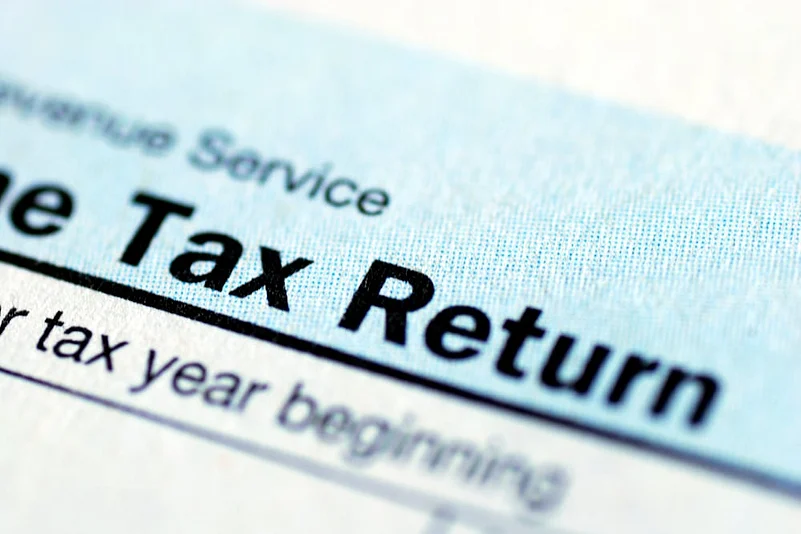You have filed your income tax return before the July 31 deadline, but did you get it e-verified? Well, it is mandatory to e-verify your return and within a stipulated time.
Says Suneel Dasari, founder and CEO, Eztax.in: “The e-verification of ITR is mandatory and an essential step in the process of filing income tax returns. Prior to August 1, 2022, the time limit to e-verify the ITR was 120 days. However, as of August 1, 2022, the time limit is reduced to 30 days.”
There are also certain consequences of not e-verifying your ITR on time.
Consequences Of Not Verifying ITR On Time
Failure to complete the e-verification of your income tax return, or, doing so after the deadline can lead to various consequences, including fines and penalties.
Losses Cannot Be Carried Forward: If your return is considered invalid or late due to e-verification issues, you may lose out on the opportunity to carry forward any losses for future tax assessment years.
Imposition Of Fine: Depending on your income level and the severity of the delay, you may be required to pay a fine of either Rs 1,000 or Rs 5,000. The specific amount is determined by the tax authorities.
Ineligibility For New Tax Regime: If your tax return is categorised as late due to e-verification issues, you will not be able to opt for the new tax regime.
“You cannot choose to select the new tax regime because your return will be considered late,” says Dasari.
Interest Payment Under Section 234A: Additionally, you may be liable to pay interest under Section 234A of the Income-tax Act, 1961. This interest is typically imposed on the amount of tax payable, but not deposited within the due date.
Ways To e-Verify Your Tax Return
At present, there are eight distinct methods available to electronically verify your ITR, each offering its own level of convenience and suitability based on individual preferences and circumstances.
Aadhaar OTP After Login (Recommended): This method is highly recommended as it’s pretty straightforward. After logging into your income tax account, you can use the Aadhaar OTP (One-Time Password) option to verify your ITR. This process is user-friendly and efficient.
Aadhaar OTP Without Login: If you prefer not to log into your income tax account, you can still verify your ITR using Aadhaar OTP. This method allows for verification without the need to access your account directly.
Using Netbanking: For those who are comfortable with online banking, many banks offer the facility to e-verify your ITR through their Netbanking portals. It’s a secure and convenient option for bank customers.
Using Bank ATMs: Some bank ATMs provide the functionality to e-verify your ITR. This method can be useful for individuals who prefer physical interactions with ATMs.
Using Bank Account Number: You can also e-verify your ITR by linking your bank account with your income tax account. This method simplifies the verification process.
Using Demat Account Number: If you have a demat account, you can use it to verify your ITR electronically. This option is convenient for individuals involved in securities trading.
Send By Post: If none of the above options work for you as you are a non-resident Indian (NRI), or not in India, or not receiving the OTPs etc, you verify your return by sending it through post.
“Send the ITR-V form to CPC- Bangalore Office through post (better to use registered post),” says Dasari.
Digital Signature Certificate: One may even use digital signature certificate to e-verify their ITR.
Says Dasari: “On occasion, NRIs, the elderly, or those who are travelling may not have access to an Aadhaar-linked mobile to receive the OTP, or taxpayers who do not need Aadhaar (foreigners living in India, NRIs, etc.) may need to generate a new DigitalSignature Certificate (DSC) and e-verify,” says Dasari.
He adds: “If you are filing an Updated ITR you may be required to perform an immediate e-verification; therefore, you cannot send ITR-V to the CPC Office. DSC e-verification could therefore be a beneficial option.”














